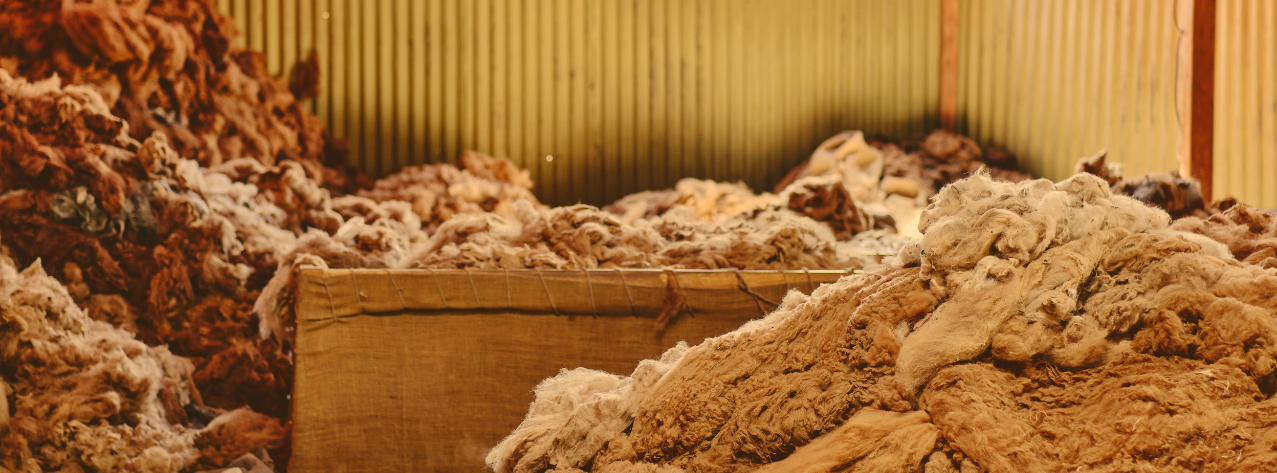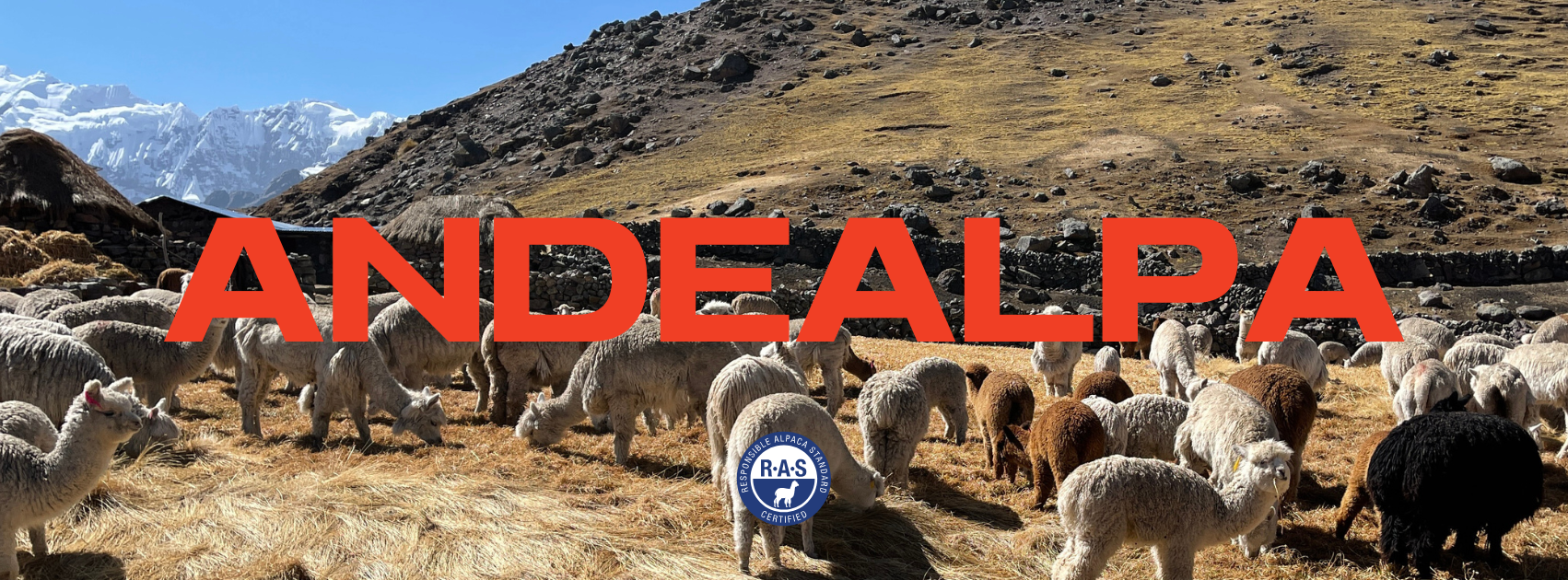THE MAJESTY OF THE ANDES
World's Longest Mountain Range
Formed 45 million years ago by the immense forces of tectonic activity, the Andes stand as a testament to nature's power and beauty. The Nazca and Antarctic plates continue to shift beneath the South American plate, creating earthquakes and volcanic eruptions that shape the landscape to this day.
Stretching through seven South American countries along the continent's west coast, the Andes reach an average elevation of 4,000 meters (13,000 feet). The highest peak, Mount Aconcagua, rises to 6,960 meters (22,834 feet) above sea level.
The climate of the Andes varies greatly, offering a diverse range of ecosystems. The southern Andes are rainy and cool, the central Andes are dry and cold and the northern Andes are warm and humid. At higher altitudes, temperature, atmospheric pressure and humidity decrease, creating unique challenges and opportunities for life.
Join us in celebrating and safeguarding this extraordinary region. Together, we can #ProtectTheAndes.
THE LEGACY OF THE ALPACA
The alpaca, domesticated by the pre-hispanic civilizations of the Peruvian Andes, is a symbol of resilience and adaptability. Today, alpacas can be found across South America, including Argentina, Bolivia, Chile and Ecuador.
Alpacas thrive in regions with limited biodiversity, where low oxygen levels define the high-altitude environment. In these areas, agriculture is not viable, making the alpaca a vital resource for the communities that depend on them for their livelihoods. Their fiber represents not only a connection to nature but also a means of sustaining traditional Andean ways of life.

BENEFITS
-
SUSTAINABLE & ETHICAL
Alpaca herds roam freely in their natural ecosystems and are shorn once a year, ensuring their well-being and the sustainability of the industry. This ethical practice supports improved living conditions in some of the most remote regions of the Andes, fostering economic opportunities while preserving the environment.
-
COMFORT & SOFTNESS
The smooth nature of alpaca fiber is incredibly gentle on the human skin, reducing friction and irritation. Its protein fibers are hypoallergenic, remarkably strong, cushioned and naturally odor-resistant. These unique qualities make alpaca garments a luxurious and practical choice for those seeking comfort and durability.
-
THERMOREGULATOR
Alpaca fiber creates an air barrier that maintains warmth during cold weather and coolness when it’s hot. As a natural semi-hollow fiber, it traps warm air in its core, providing exceptional insulation even when wet or in windy conditions. This makes alpaca garments an ideal choice for versatile, year-round comfort.
-
WATER REPELLENT
The fiber utilizes capillary action to draw water away. As the water spreads, the contact area is increased, which improves the rate of evaporation. This process helps to maintain a dry and comfortable experience by efficiently wicking away moisture and promoting fast drying.


